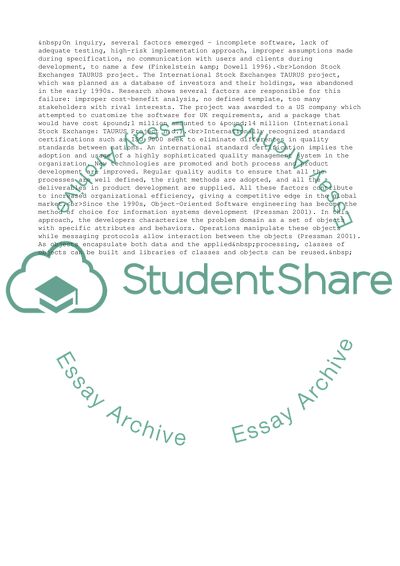Cite this document
(Quality Management Principles Assignment Example | Topics and Well Written Essays - 1500 words, n.d.)
Quality Management Principles Assignment Example | Topics and Well Written Essays - 1500 words. Retrieved from https://studentshare.org/management/1722082-quality-management-principles
Quality Management Principles Assignment Example | Topics and Well Written Essays - 1500 words. Retrieved from https://studentshare.org/management/1722082-quality-management-principles
(Quality Management Principles Assignment Example | Topics and Well Written Essays - 1500 Words)
Quality Management Principles Assignment Example | Topics and Well Written Essays - 1500 Words. https://studentshare.org/management/1722082-quality-management-principles.
Quality Management Principles Assignment Example | Topics and Well Written Essays - 1500 Words. https://studentshare.org/management/1722082-quality-management-principles.
“Quality Management Principles Assignment Example | Topics and Well Written Essays - 1500 Words”, n.d. https://studentshare.org/management/1722082-quality-management-principles.


